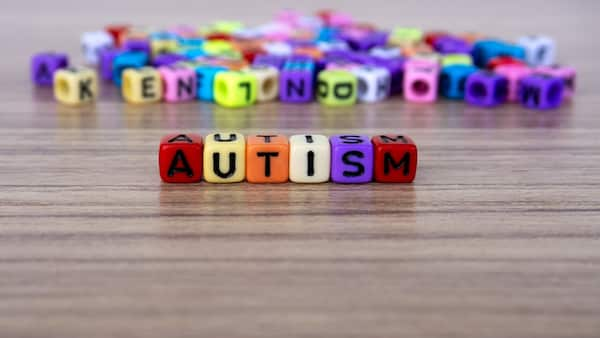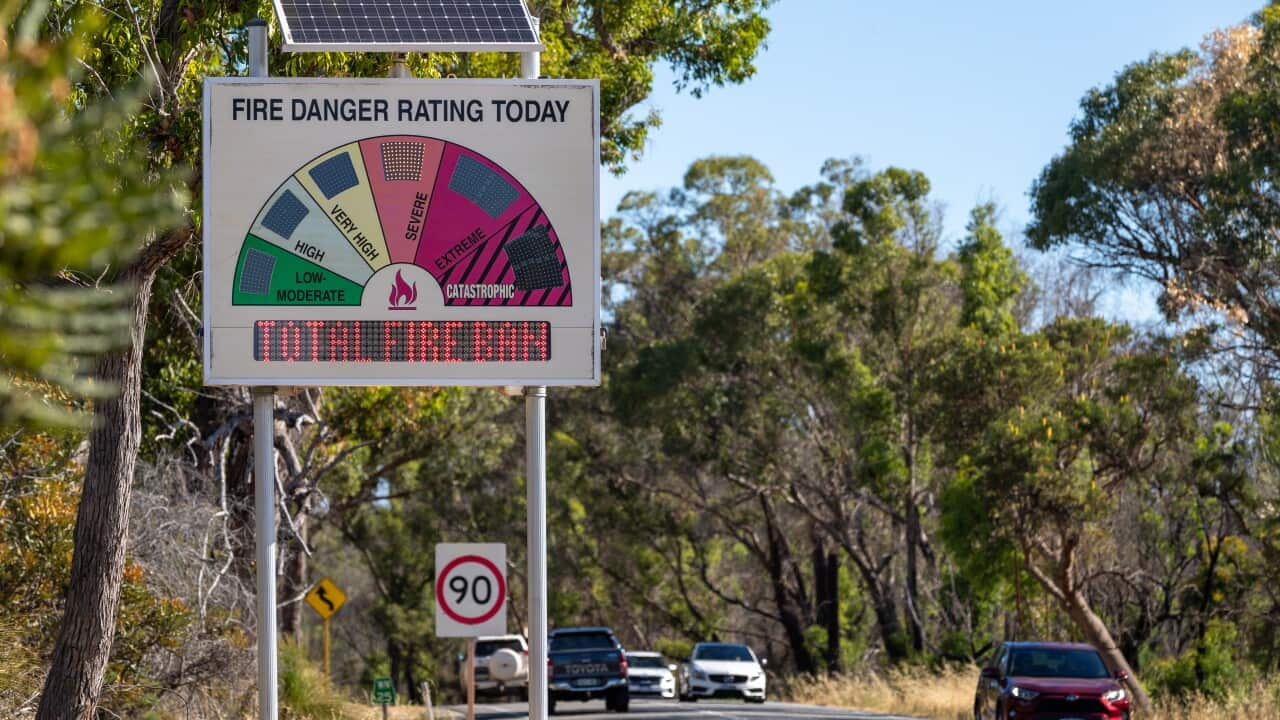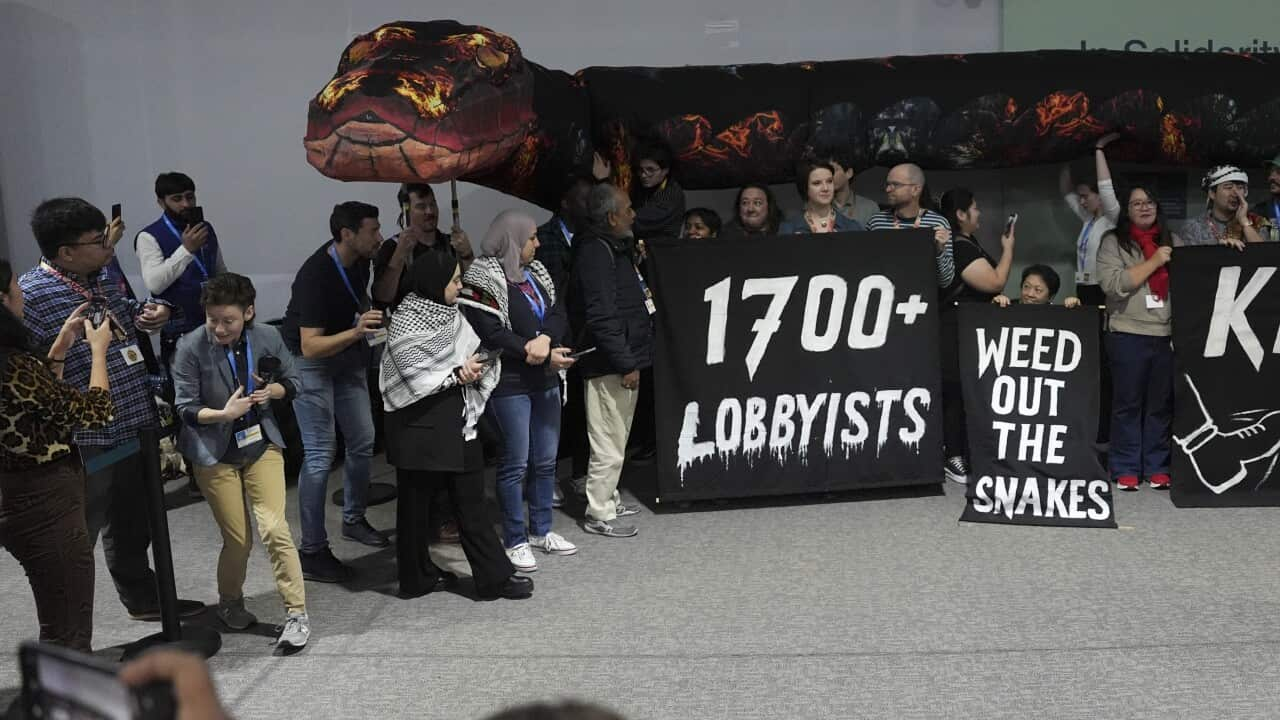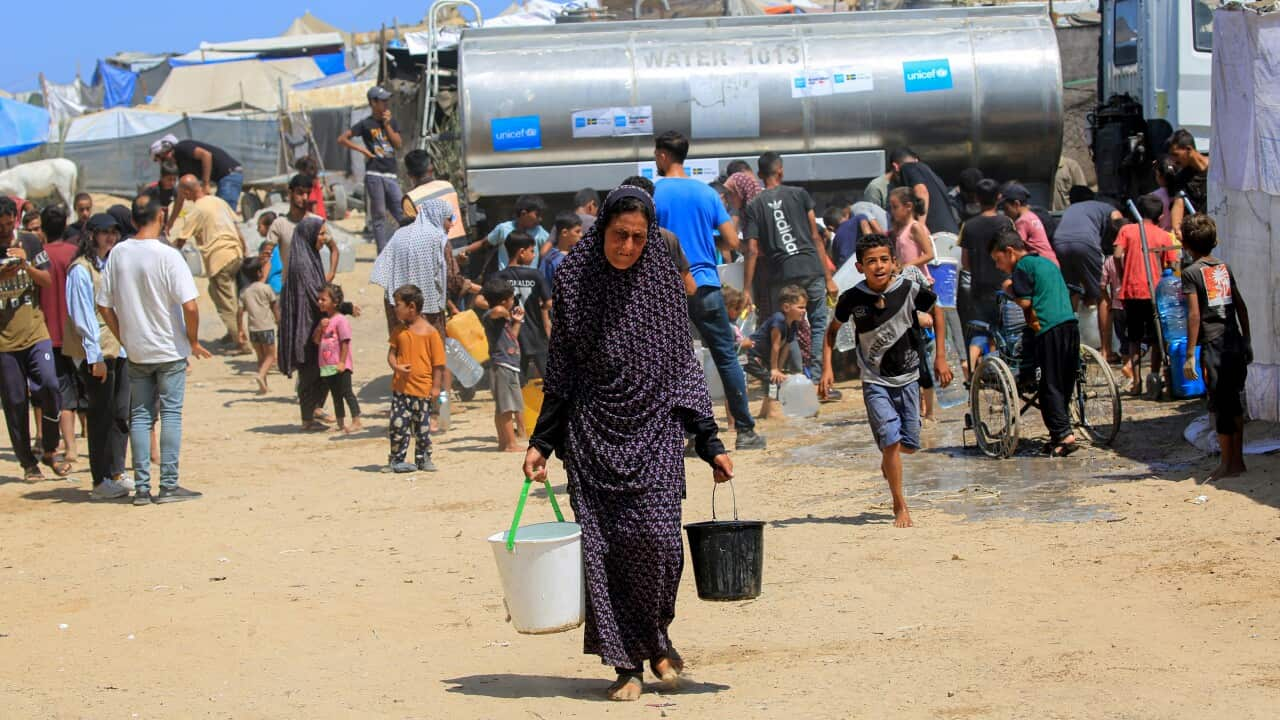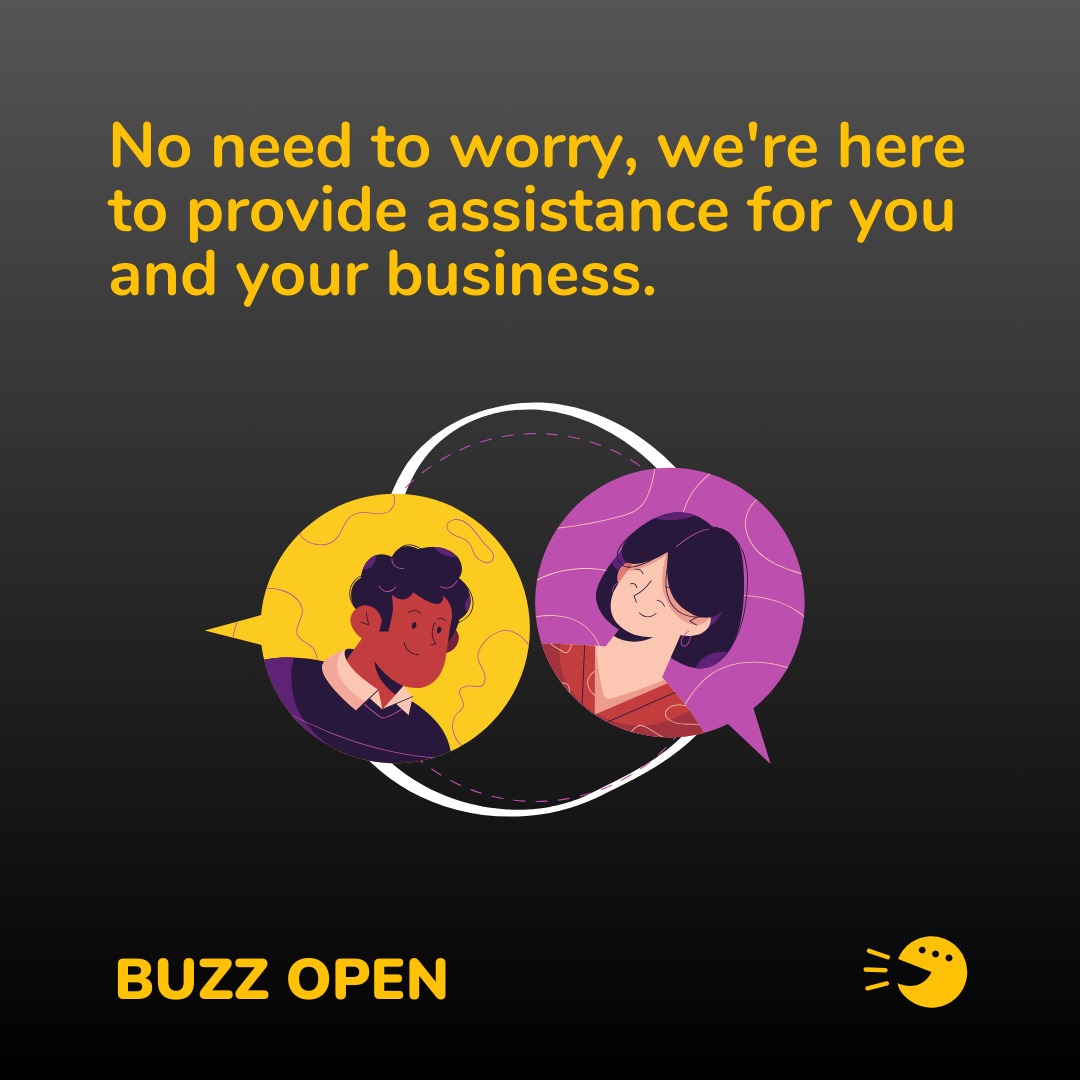Hannah’s nine-year-old son Max is intelligent, particularly in “maths, science and thinking outside the box,” she says.
Yet, because of behavioural issues he was having at his school in regional Western Australia, he was put in a box — literally.
SBS News has changed both their names for privacy.
Max has Pathological Demand Avoidance (PDA) — a subtype of autism — and ADHD, which make classroom demands and noisy spaces difficult to manage.
When Max becomes upset or frustrated, he often needs to leave the classroom to emotionally self-regulate.
In 2023, when Max was in Year 3, Hannah asked his school to provide a safe space in which he could calm down, suggesting “a desk in the library” or a “chair in the front office”.
She was told this wouldn’t be possible — a decision that put Max’s life at risk, she says.
“He was running home from school for the first half of [2023]; he just couldn’t cope,” she tells SBS News, adding that he was running onto roads every day.
Max fell behind in class and missed many hours of school that year.
The school — which had previously won a national primary school of the year award — proposed an alternative “safe space” for Max to de-escalate: a cardboard box.
Many parents have told SBS News that schools are not only failing to make sufficient accommodations for their children with disability but treating them in ways that exacerbate behavioural issues. Source: SBS News
“He did use it a couple of times, but it was humiliating,” Hannah told SBS News.
The box was visible to not only Max’s class but the whole school.
Experts have told SBS News that it is not uncommon for schools to seclude students with disability in response to classroom outbursts — it is legal in all states and territories under certain provisions.
But having her son secluded in a cardboard box was not what Hannah had in mind.
After she objected, the school started sending Max to the garden, but this also presented issues.
The garden is exposed to the elements and fills with students at lunch, which can be stressful for Max.
Hannah says her complaints to the school around this time were dismissed.
“The school made it seem like this was a parenting issue, advising me to be more consistent with enforcing firmer boundaries, as they were doing,” she recalls.
“With some more creative thinking, they could have found a solution — I know there was unused space, but they chose not to prioritise my son.”
Hannah says she doesn’t consider it “the fault of the individual school, but rather a larger systemic issue”.
She’s not wrong; Max’s case is one of dozens SBS News has uncovered, involving students with disability being secluded in distressing conditions or restrained by force in Australian schools.
This is part one of a two-part investigation.
Children relegated to ‘cages’
In other instances, kids with disability are being placed behind metal gates or netting — often for hours at a time.
Amy Hall, a National Disability Insurance Scheme (NDIS) behavioural practitioner with 20 years’ experience in education and youth work, says she is aware of numerous accounts from across multiple states of students being secluded in enclosures that resemble cages.
A 16-year-old client of hers was once rushed to hospital with an open head wound after banging her head in distress on the metal bars of one such enclosure.
When students are secluded, they can often go hours without access to water or toilets, Hall says.
NDIS behaviour practitioner Amy Hall says at least three of her clients have regularly been put in the enclosure pictured behind her. Source: Supplied
“There are arguments that I’ve had with people [asking]: ‘Why are these children still in nappies or continence aids when they don’t need to be?’ And that’s because they’re placed in a space where they’re not accessing toilets throughout the day,” she says.
Children are also typically denied toys and other stimulating objects: “because they’re all deemed from a risk assessment perspective to be projectiles,” Hall explains.
They’re not allowed to be with other kids or with other people. So they’re secluded from everyone else and often they’re observed through a window.
Hall was recently alerted by a youth mental health speaker who said they’d seen a child “physically manoeuvred” into a makeshift enclosure while giving a presentation at a Queensland school.
The speaker sent a picture of the enclosure, which had been constructed with two indoor hockey nets, and told Hall that the child was in there for more than an hour.
When the speaker raised it with a teacher, they were apparently told: “That’s just what we have to do.”
Amy Hall was shocked a Queensland school didn’t mind a guest speaker seeing a child put in this makeshift cage for over an hour. Source: Supplied
The practice of secluding children with disability is not limited to mainstream schools.
Northern NSW-based NDIS behaviour practitioner Jess — not her real name — says she has also seen kids locked in cage-like enclosures at special schools, including rooms comprised of brick walls and “crimsafe mesh”.
“The kids literally get locked out there … It’s not air-conned … [and] it gets f—king hot here in summer,” she says.
“The main one I’m talking about [is] an actual cage … It’s a seclusion cage that they literally will put the children in.
“I’ve been there and witnessed with my own eyes a child being forced into this cage.”
NSW-based NDIS behaviour practitioner Jess says she’s seen kids secluded in this outdoor fenced area on multiple occasions. Source: Google / Google Street View
Why are children with disability being secluded?
Seclusion is a type of ‘restrictive practice’, which is an umbrella term for any intervention that restricts “the rights or freedom of movement of a person with disability”, according to the
In 2023, a found that one-quarter of children with disability had been restrained or secluded in Australian schools.
The prevalence of restrictive practice is partly due to teachers failing to understand how some kids with disability communicate, explains Amy Hall.
“A lot of these kids can’t use language, and so therefore they can’t express themselves the way that most people interpret communication.”
“So what happens is they have behaviours that can be misinterpreted as dangerous or violent or aggressive, when actually what they’re trying to communicate is: ‘I’m really afraid. I’m really scared … Help me.'”
Other forms of restrictive practices include chemical restraint, such as forcing a person to take medication, and physical restraint. Source: SBS News / Jono Delbridge
Hall says seclusion is meant to be used as a last resort to protect both the child in distress and other children around them, but increasingly it’s being used as a first response.
“Sometimes the quickest way to do that is to move them and segregate them. That’s not always a bad thing. Sometimes in the moment, that’s a crisis response and that needs to happen”, Hall says.
“That’s why the policy indicates that that is allowed to happen in certain situations.
“[But] the problem that I have is that I’m aware that this is happening to children when they’re not behaving in ways that are dangerous or violent or aggressive [but when] they’re merely inconvenient.”
One of my clients is put in a cage every morning as a matter of course. This is before she’s even opened her mouth.
Secluded and traumatised
Over the past decade, there have been numerous reports of students with disability and behavioural issues being subjected to rough handling and seclusion in Australia.
In 2015, the principal of a Canberra public school was sacked after it was revealed that a 10-year-old boy with autism had been put in a 2m x 2m cage-like structure.
The principal of a Canberra public school was barred from her profession after it was revealed in 2015 that a 10-year-old boy with autism had been put in this cage-like structure. Source: Supplied / Canberra Times
SBS News is aware of a number of schools using similar spaces for seclusion, including the government-run Southern Autistic School in Melbourne’s south-east.
“They have a caged area outside … so kids can’t leave that outside area,” claims Amelia, a Victorian NDIS practitioner who has clients at the school.
It’s really weird, and I feel sick every time I go to that school.
Amelia — who we’ve given a pseudonym — says she has seen a child placed inside the enclosure within the last six months.
SBS News has heard similar testimony from others, including disability advocate Julie Phillips, who says one of her clients was placed in a “pen” every day at Southern Autistic in 2018.
Victorian disability advocate Julie Phillips says a client of hers was kept in a “pen” like this at Southern Autistic in 2018; Amelia says she’s seen a child placed there within the last six months. Source: Supplied
SBS News understands the practice of seclusion at the school dates back nearly two decades. The mother of a student who attended the school between 2004 and 2012 also attests to the use of a “time-out pen”, which left her child traumatised.
SBS News contacted Southern Autistic for comment but the school declined to respond, deferring to the Victorian Department of Education.
SBS News understands that allegations of the school’s use of seclusion were investigated and not found to be substantiated by the Department.
Some special schools ignoring the issue
Amelia says she has witnessed examples of negligence towards children with disability at other special schools too.
At Marnebek School in Melbourne’s south-east — a specialist P-12 government school offering “highly individualised educational programs for students with disabilities” — students have been “shoved outside in the rain” and “left alone to injure themselves”, she says.
“Some students that are low-functioning don’t have the capacity to find shelter. They just stand in the rain and get soaked and the teachers don’t do or say anything,” Amelia says.
“Last year when I went and observed my [client], one of the [female] students from his class walked outside and was just wandering around and the older kids went up to that student and started physically injuring her — punching her and hitting her — and the teachers continued to teach and ignored that situation.”
Earlier this year, Amelia claims one of her other clients came home from Marnebek with bruises, cuts and a black eye.
Amelia says on one occasion she witnessed a student “banging his head against the wall really hard”, and the teaching staff did nothing. Source: SBS News / Jono Delbridge
“[He had] a soiled nappy that [hadn’t] been changed all day because the school has said they don’t have any spare nappies or none that fit him”, Amelia says.
Despite numerous complaints from the boy’s family, Amelia says she considers the response from Marnebek to be extremely lacking.
“There’s no incident reports, and grandma is his main carer and she’s beside herself as she doesn’t know what to do. So we’re in the process of moving schools because there’s no other option.”
She says multiple complaints to the school’s principal have been dismissed.
SBS News contacted Marnebek School for comment on the alleged incident but the school deferred to the Victorian Department of Education.
The Department of Education did not address the specific claims presented by SBS News, but noted that the claims were not accurate regarding the practices followed at Marnebek and that the school ensures all students are accounted for and always supervised.
Both Marnebek and Southern Autistic are among 44 Victorian state and private schools where incidents of restrictive or other violent practices have been reported to Education Rights, a support group run by disability advocate Julie Phillips.
To date, no school listed by the group has corrected information posted about it on the group’s website, Phillips told SBS News.
According to the group, there have been multiple instances of negligence and physical violence at Southern Autistic — which has been the subject of previous media coverage.
The same child who was regularly locked in the school’s “time-out pen” was also tied up with rope and “more than one student witnessed others being tied up”.
That child was also allegedly subjected to prone restraint — which involves subduing a person by forcing them into a face-down position — a clear violation of the
In a statement to SBS News regarding allegations at both Southern Autistic and Marnebek, a spokesperson for the Department said: “Physical restraint and seclusion are not permitted within Victorian government schools except in exceptional circumstances where it is necessary to protect the safety of a student or another person.
We strongly condemn any practice that is disrespectful or harmful in any way to our students. Any allegations made about possible breachers of this policy are investigated.
A Victorian Education Department spokesperson
In 2020, the mother of a then-eight-year-old told The Age she pulled her son out of Southern Autistic after he told her he was tied up and held down there. Source: SBS News / Jono Delbridge
‘I couldn’t breathe’
The lack of safeguards and transparent reporting of restrictive practices means parents have limited ability to hold schools to account.
Nadia’s son Eric — both pseudonyms — was left traumatised after he was restrained multiple times at his mainstream school in regional Victoria.
Eric was born with hydrocephalus — a neurological disorder caused by a build-up of cerebrospinal fluid in the brain. In early childhood, he was also diagnosed with autism, ADHD and several gastrointestinal and learning disorders.
Like Max, he is often overwhelmed by demands and commotion and can respond in aggressive ways.
“[Sometimes he will] growl, clench his fists, and he might chase other kids if he thinks they’ve wronged him,” Nadia says, adding that on one occasion he threatened the principal with a pencil.
While Eric has lashed out at school, Nadia says he rarely demonstrates aggressive behaviours at home and believes the school’s response only exacerbates it.
In 2021, the then-nine-year-old was physically restrained with such force that it left bruises on his neck and back.
Nadia said the condition in which her son returned home was “very confronting” and she immediately took photos of his arms and neck. Source: Supplied
Recalling the incident, Nadia tells SBS News: “He was restrained by five staff I know of — two holding each arm, two holding each leg, and his head.”
One of the staff involved was the school’s principal. Nadia alleges he twisted Eric’s arm and pinned him to the ground so forcefully that he had trouble breathing.
“When I got him home, I noticed marks on his neck and he goes: ‘Mum, I couldn’t breathe’.
He thought he was going to die.
Application of pressure to a student’s neck and wrestling holds are also violations of the Victorian Department of Education’s .
SBS News understands the department offers a range of programs and resources to support the implementation of the policy, including professional learning programs and specialist staff.
Following the incident, Nadia sent a letter of complaint to the department — but has been left deeply disappointed by the school and department’s response.
The Department of Education did not respond to SBS News’ specific questions about Nadia’s claims but confirmed the allegations had been investigated and found not to be substantiated.
Nadia recalls a meeting with the principal around this time during which Eric asked: “Why do you tackle me to the ground?”
She says the principal responded by saying: “he’d do it again”.
While meetings were organised about Eric’s participation at school, Nadia says she’s received no indication from the department that any action was taken concerning her complaints about staff members.
“I feel the Education Department has failed the educational needs of my son,” Nadia wrote in a letter to the school almost a year later, which SBS News has seen.
Eric was repeatedly suspended and ultimately expelled from the school.
Nadia, who is a single mum, describes the ordeal as “exhausting”, noting that Eric experienced “hair loss, nightmares” and was “very clingy” during this period.
Eric now attends a different mainstream primary school and is doing a lot better; his new school has chickens and when he gets upset or frustrated he “cuddles chickens”, she says.
The Department of Education did not respond to SBS News’ requests for comment.
Burden of responsibility on teachers
Restrictive practices are not only traumatising kids with disability and their parents, but teachers too.
Brooke, a former teacher who now works as a behaviour support practitioner in Cairns, tells SBS News about a particularly distressing incident she witnessed two years ago while working with kindergarten students in NSW.
“I had a little boy that would not stay in the classroom, and if you kept him in the classroom, he would urinate everywhere,” she says.
“[But] he was very happy outside, so we did lessons outside.”
However, Brooke claims that a new acting assistant principal, who specialises in special education inclusion, told her this was unacceptable and that, if the boy was unhappy inside, Brooke would just have to “train it into him”.
Brooke, whose name we’ve changed, recalls saying to the assistant principal: “I don’t know what you mean. Can you demonstrate it?”
“So she one day came into the room and basically held this child down on the seat while he screamed and urinated everywhere.”
Brooke says she was shaken by the incident and reported it to her area supervisor. (She did so because, at the time, she was reporting to the assistant principal involved in the incident.)
“I went through the process and … my report never got followed through,” Brooke says.
Meanwhile, the acting assistant principal was promoted to a permanent position.
“My colleagues and I, we’ve known that this was happening for years,” says Amy Hall. Like Brooke, she is also a former teacher. Source: SBS News / Jono Delbridge
While Brooke doesn’t endorse restrictive practices, she says teachers often use them in response to highly stressful situations
At a school in Queensland where she previously taught, she says “it was chaos every day”.
“You’d walk in there and there’d be a kid smashing the TV or pulling another kid’s hair … [or punching the] support teacher in the head.
I understand why this is a conversation we’re having to have because schools and teachers don’t know how to deal with these kids.
Many of the people SBS News has spoken with for this story have attested to the lack of specialist training and resources to assist teachers with managing neurodivergence in Australian classrooms. We’ll explore this more in part two.
Another former teacher who now works as an NDIS behaviour practitioner, who we’ll call Lucy, tells SBS News she understands “both sides of the equation” when it comes to restrictive practices, but adds they are used far too often in Australian schools.
“Like with restrictive practices in the NDIS, there [are] definitely cases where a more cautious approach to safety is potentially needed, but in terms of education, seclusion is happening at … a pretty staggering rate,” says the NSW-based practitioner.
When she was working in specialist schools for children with disability, Lucy says students were regularly “manually lifted” into small breakout rooms or fenced playground areas — sometimes for just five minutes; sometimes for 80 per cent of the school day.
As a teacher, she worked with many students with autism who would struggle with fluctuations in daily schedules.
“They really struggle to understand when things don’t happen in a certain order, or when things change on a daily basis, or when someone’s not in class, or when a teacher’s away sick.
“And when you’re in schools, those things, of course, happen on a daily basis.”
Some of the reactive behaviours she witnessed range from verbal and physical aggression towards other students and staff to significant property damage, including “windows shattered; classrooms destroyed; desks [and] chairs thrown”.
I’ve suffered a couple of concussions. I’ve been shoved into windows. I’ve been put in chokeholds.
However, unlike other teachers — who she says often used seclusion and restraint as a first response — Lucy managed problematic behaviours with a “non-confrontational approach”.
“I refused to seclude in my classroom because there are always other practices that could come into play.”
Alternatives to restrictive practice
Thankfully for Max, his school has started considering other practices too.
“They realised their approach wasn’t working, and with the involvement of myself, our specialists, and the school, we all worked together as a team to identify and intensify the support needed to address the situation,” says his mum Hannah.
“This collaborative effort made a significant difference. We no longer need a safe place, because they are looking at the problems that are causing the concerning behaviour.”
Now Max’s teachers allow him to participate flexibly in classroom activities.
“[They’ve been] reducing demand so he can participate if he wants to or not. That’s the main thing that helps,” she says.
The new approach is not only better for regulating Max’s behaviour, it’s also improving his learning outcomes.
Suspension and restraint rates are “drastically reduced” when schools adopt collaborative proactive solutions to help children with disability, Hannah says. Source: SBS News / Jono Delbridge
“They gave him completely separate material to start with, but now he’s slowly integrating into what the class is doing, and he’s getting there.
“He started liking school and we even got a few grades last time,” Hannah says, adding that Max hadn’t been receiving grades for several years.
While he still needs to leave the classroom sometimes, rather than being secluded in a cardboard box, Max will go for a walk with his education assistant.
The school’s principal has even told Hannah that she’s “really learnt from [Max]” — and she agrees.
“He’s really taught her a lot, which is beautiful.”










